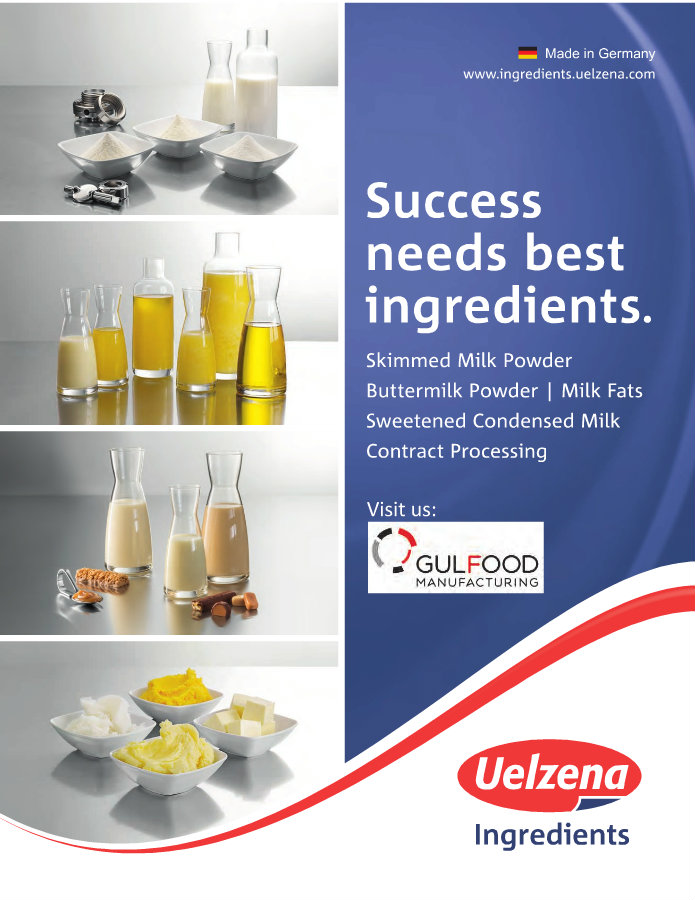While government needs to address food waste issue, experts say customers also need to change their perceptions about what normal food looks like

Would you drink water made from food waste?
You could soon be doing just that, thanks to an innovation that is not only promising to help in the race to find sustainable sources of drinking water, but also in the battle against food waste.
AquaBotanical is a new bottled water made from a byproduct of the fruit and vegetable industries. According to the water’s creator, industrial chemist Dr Bruce Kambouris, the inspiration for the product came about after working with fruit juice companies. “I couldn’t understand why the juice concentration process discarded this large aqueous fraction that had lots of nutrients from the source fruit and vegetables.
“In Australia about 20bn litres of water comes from fruit and veg processing,” says Kambouris, “with up to 800 litres of water coming from a tonne of fruit processed. I thought if we just filtered it out, this could be a credible and sustainable source of water – and be a win both for the environment and for humanity.”
Kambouris has since set up shop with several fruit and vegetable companies, such as Lamattina Beverages, Mildura Fruit Juices and Boundary Bend, collecting and filtering the unwanted liquefaction from oranges, carrots, beetroots and olives, among other things. The end result is a slightly sweet water that has a faint fruity scent.
Although the product is now only served in cafes and restaurants, Kambouris aims to expand the brand into supermarkets and shops later this year, and says the company could eventually be bottling up to 100m litres of water every year.

Food waste reprocessed by Veolia
Innovations such as these could go a long way to reduce the amount of food waste Australia produces, but more needs to be done. Although exact data on the nation’s food waste problem is hard to come by because of a lack of studies, fragmentation of sources and differing methodologies, it’s estimated that around 7.5m tonnes of food is wasted in the municipal, commercial and industrial waste streams every year – with householders throwing away between $8-10bn of food a year.
The Foodprint Melbourne Project report found that feeding Melbourne generates more than 900,000 tonnes of edible food waste every year, or more than 200kg a person, which is enough to feed more than 2 million people for a year.
The retail sector takes some of the blame, as about 37% of the total waste sent to landfill by food retailers is attributed directly to food waste and approximately 25% by large supermarkets, although many are making efforts to reduce this. For example, Woolworths has made acommitment to send zero food waste to landfill by 2020 (although it missed its original target of doing so by 2015).
Last year the supermarket giant appointed OzHarvest as its primary partner to collect edible food that would otherwise go to waste (such as food with damaged packaging) and distribute it to homeless and vulnerable people.
Others suggest that as supermarkets set specification standards for their produce, a lot of edible food (supposedly 25% of farmers’ crops) is rejected at the farm simply for not being up-to-scratch aesthetically. Indeed some farmers see less than half of their produce pass muster. While the supermarkets claim that the problem lies with consumers being too picky and not buying “ugly” fruit, there is a counter argument that supermarket customers can only buy what they are offered in the first place.
As such, both Harris Farm Markets and Woolworths are hoping to build on the success of the Inglorious Fruit campaign championed by French supermarket chain Intermarché (which helped to trigger national legislation banning supermarkets from throwing away or destroying unsold food) by starting their own Imperfect Picks and Odd Bunch campaigns that see less-than-perfect foods sold at reduced prices.
But Jenni Downes, research consultant at the Institute for Sustainable Futures, says that as long as campaigns like these undervalue perfectly edible food, the result is farmers receiving less money for produce, which can trigger rebound effects. For instance, anecdotal evidence shows that consumers are more likely to waste cheap food because they don’t value it as much.

AquaBotanical water is made from a byproduct of the fruit and vegetable industries
Yet it is a much-needed start: “We need to change perceptions on both ends,” Downes says. “It’s about resetting expectations of what food should look like and providing education on that. Hopefully it would mean that in the future these foods could be sold at the higher price because people have accepted that they are ‘normal’.”
There has also been slow progress made in tackling unavoidable food waste – such as egg shells, vegetable skins and fruit peels – with major supermarkets, Sydney markets and some councils (such as Leichhardt and Randwick in New South Wales) sending food waste scraps for energy recovery at the Veolia-run EarthPower anaerobic digestion (AD) plant in west Sydney. It is said to be Australia’s first food waste-to-energy plant. Other businesses are sending their liquefied food scraps to Sydney Water’s Cronulla wastewater treatment plant for digesting with sewage sludge as part of a three-year trial.
Although common in Europe, AD plants for food processing are still a relatively new concept in Australia, but they can help to make more of this waste stream. For example, the EarthPower facility breaks down about 45,000 tonnes of organic waste a year to produce biogas to power the three 1.25MW generators that run the site (with any excess going to the electricity grid), as well as heat for the facility and a fertiliser byproduct.
But if technologies such as these are going to take off across Australia, the economics of taking on such a venture need to make sense.
Ben Sullivan, New South Wales group general manager at Veolia Australia and New Zealand, explains: “For us to expand, there has to have a financial payback and that’s been part of the challenge in other states. The waste levy [for all waste facilities excluding those used solely for the purposes of recovering, recycling or processing waste] in New South Wales is now over $130 a tonne, and there are treatment costs for landfill on top of that. But in Victoria, it’s nearly half of that and in Queensland you’re down to around $15 a tonne. So sending organic waste to AD makes sense for the New South Wales market, as people typically want the cheapest option. But it doesn’t really make sense for other states yet.”
For Downes, the problem lies in the fact that there is not enough leadership in this area. “It’s such a complicated problem and there are good examples of work being done, but they’re fairly small-scale and no one is drawing them together,” she says.
“The Australian government has not taken the lead in trying to pull it all together at a federal level across the entire supply chain in the way that some countries,such as the US, has done and that Europe has been trying to do now for a while. What we really need is to quantify exactly where and why food waste is happening in the Australian context. Only then can we pick the key areas that need intervention.”




